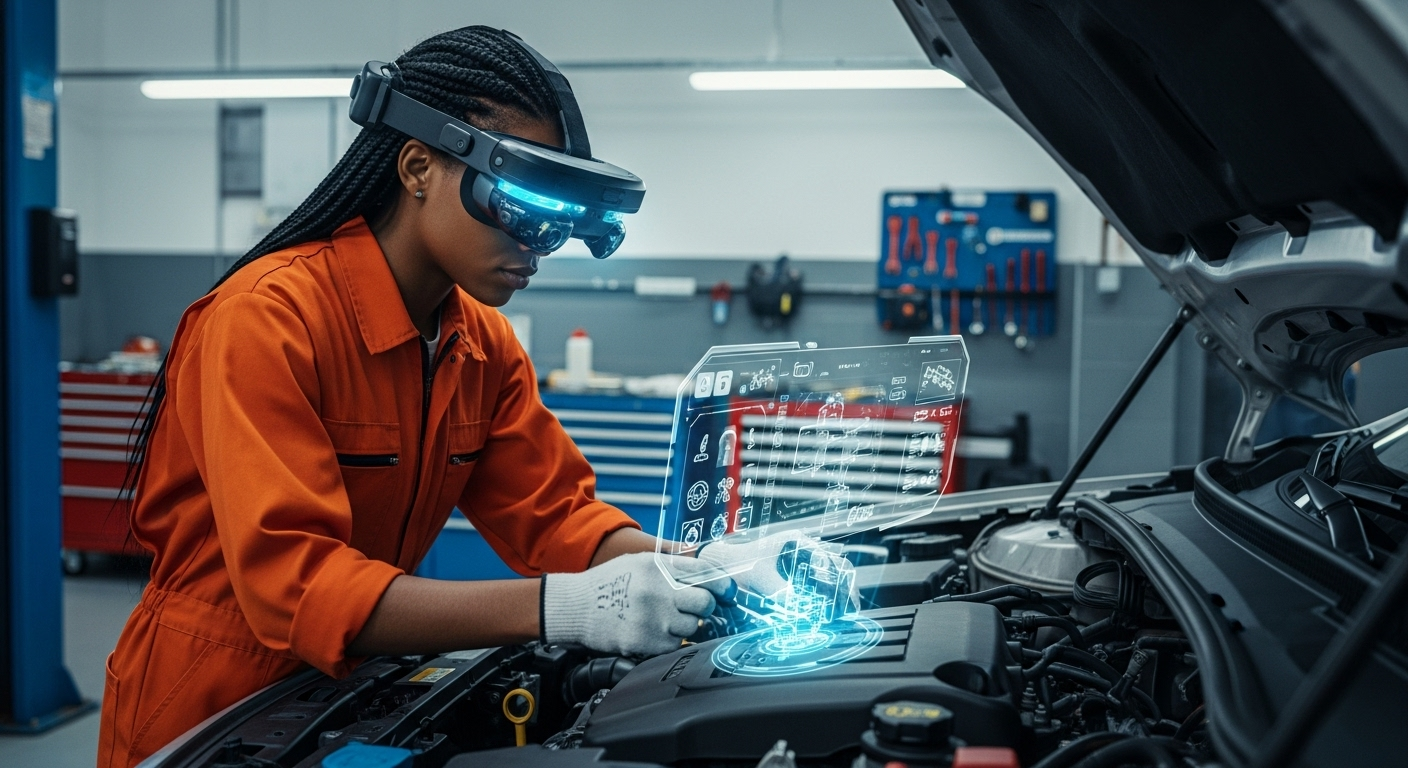Driving Forward: The Impact of Augmented Reality on the Automotive Industry
Augmented Reality (AR) is a technology that overlays digital information on the real world, enhancing our understanding and interaction with the environment. While it's been a buzzword in many sectors, its application in the automotive industry promises to bring a significant shift in how we perceive and interact with vehicles.

Historical Context and Key Developments
The journey of AR in the automotive industry dates back to the late 2000s, when car manufacturers began experimenting with this technology. The initial applications were primarily focused on the manufacturing process, where AR was used to assist in complex assembly tasks and quality control. However, over the years, the scope of AR has expanded, making its way into the driving experience and car dealership showrooms.
Current Trends and Expert Insights
Today, AR is shaping the automotive industry in unprecedented ways. One of the most notable trends is the integration of AR into vehicle navigation systems. Traditional GPS screens are being replaced by AR-powered displays that overlay directions onto the windshield, reducing driver distraction and enhancing safety.
Furthermore, AR is being used in car maintenance. Apps are available that overlay helpful information onto the engine bay when viewed through a smartphone, guiding owners in carrying out basic maintenance tasks.
In terms of sales and marketing, dealerships are using AR to enhance the buying experience. Prospective buyers can use AR to view different car models, customize features, and even take virtual test drives.
Impact, Benefits, and Challenges
The impact of AR on the automotive industry is profound. By integrating AR into navigation systems, driver safety is enhanced. The technology also aids in making car maintenance less daunting for owners, promoting better vehicle upkeep.
From a sales perspective, AR allows dealerships to showcase an unlimited number of models and customization options without needing physical inventory, potentially revolutionizing the car buying experience.
However, there are challenges to overcome. High development costs, the need for advanced hardware, and concerns over driver distraction are all issues that need addressing. Furthermore, standardization across different AR applications in vehicles is yet to be achieved.
The Road Ahead
Despite the challenges, the future of AR in the automotive industry looks promising. As technology evolves and AR applications become more refined, their integration into our driving experience will continue to grow. The ultimate goal is to enhance safety, convenience, and enjoyment for all road users.
The road to widespread AR implementation may be a long one, but the journey promises to be an exciting ride. As we navigate the twists and turns of this technological evolution, one thing is clear: AR has the potential to redefine our relationship with automobiles, driving us into a future where our interaction with vehicles is more immersive, intuitive, and engaging than ever before.




